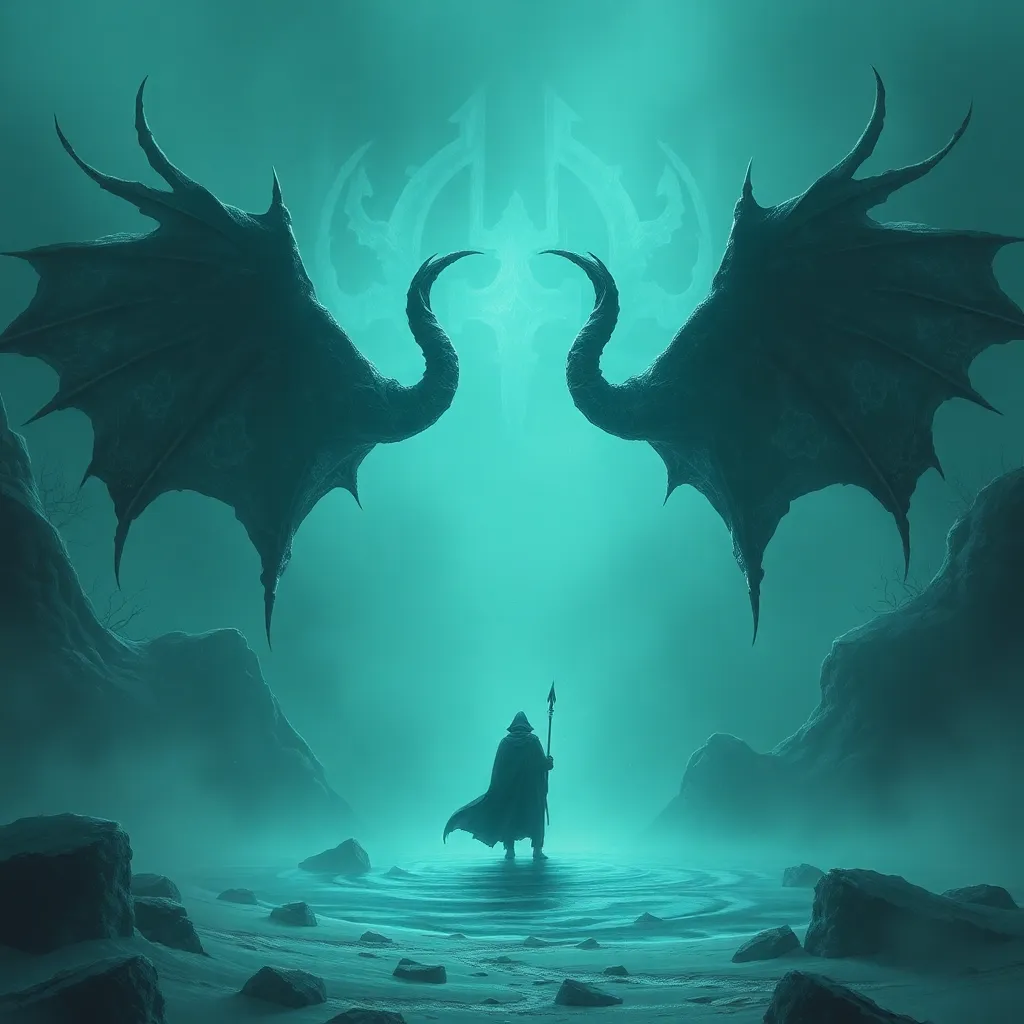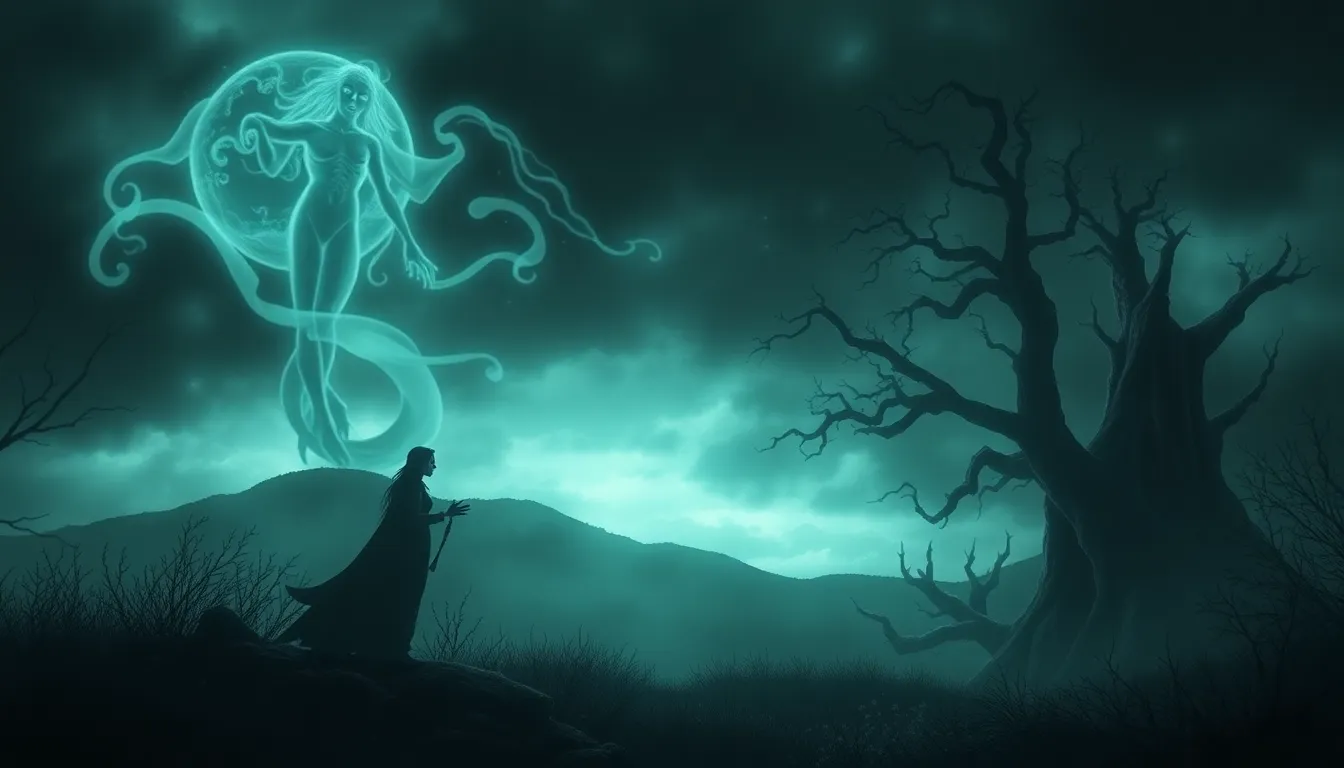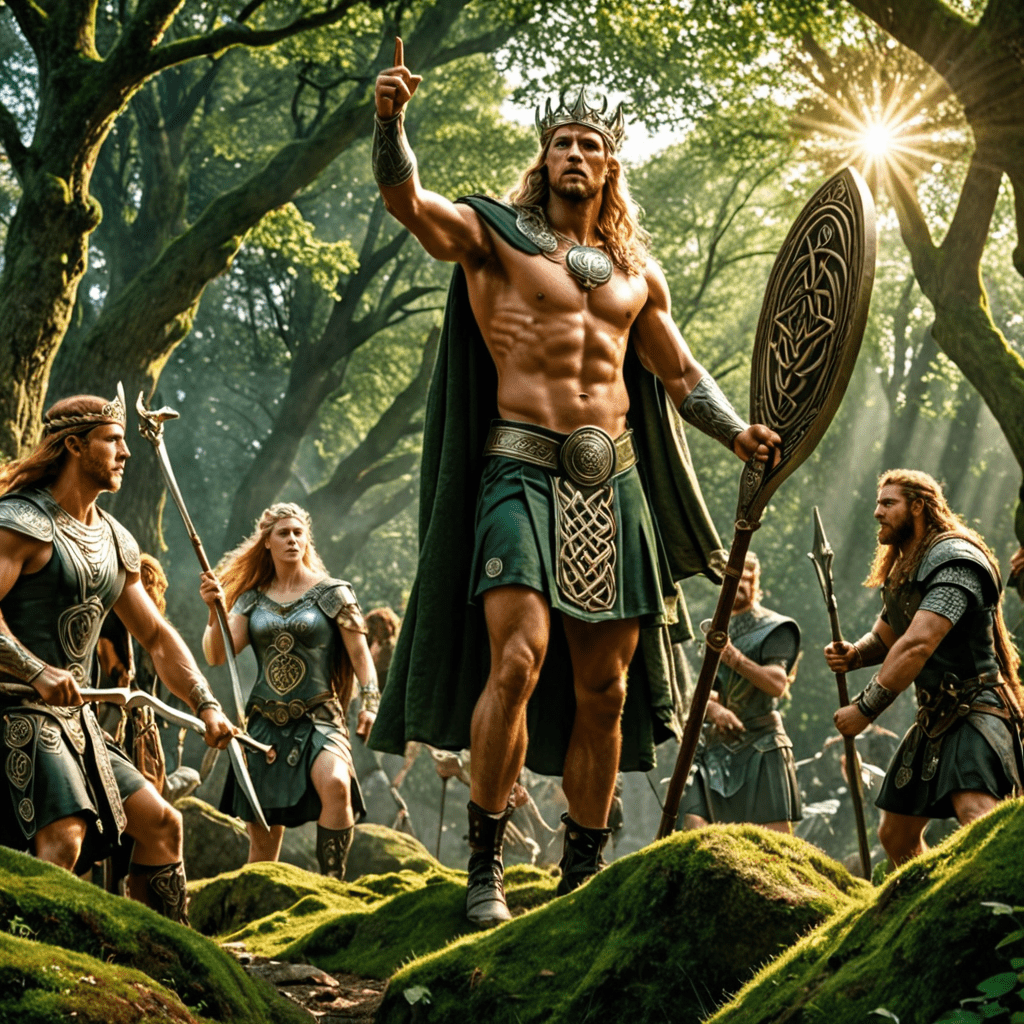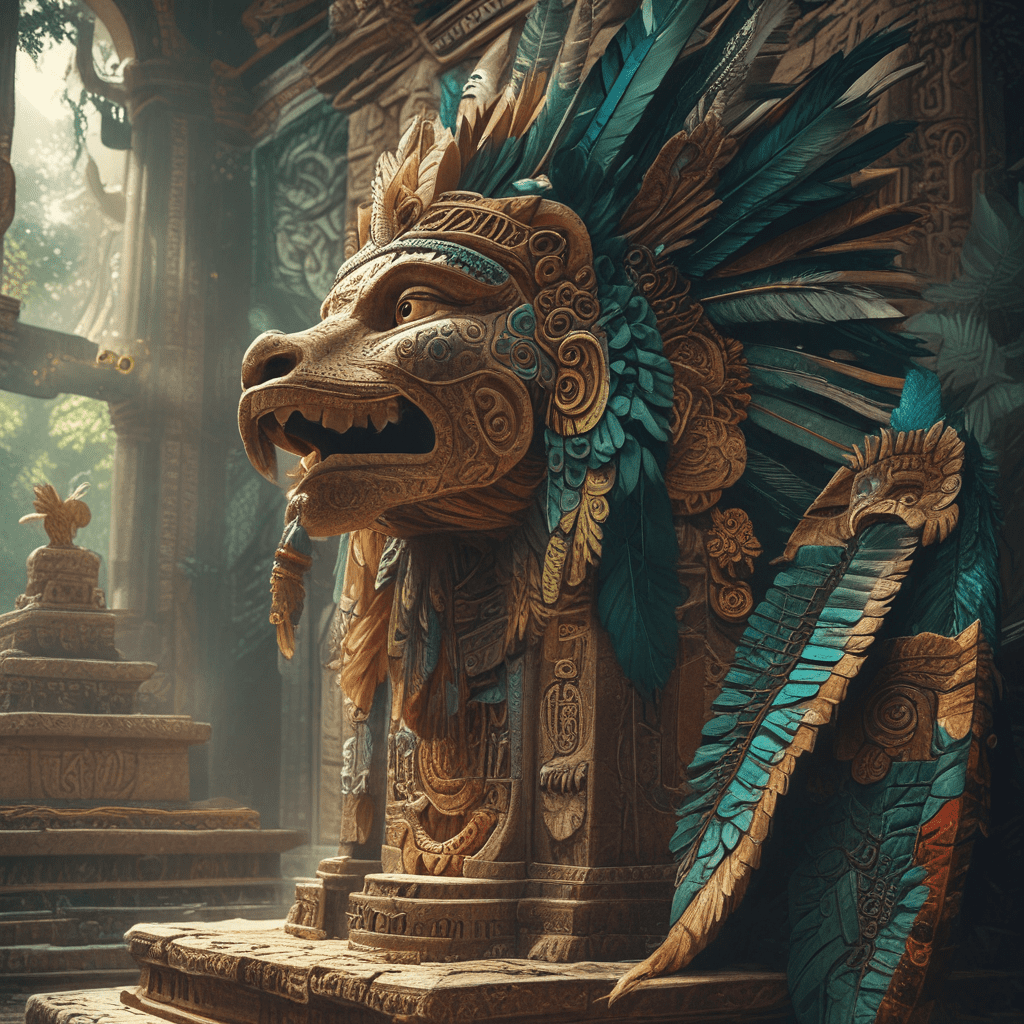The Strigoi’s Legacy: How the Myth Continues to Influence Culture
I. Introduction
The Strigoi are a fascinating part of Romanian folklore, often depicted as the restless spirits of the dead who rise from their graves to haunt the living. These creatures are typically characterized by their vampiric traits, such as the need to feed on the blood of the living. The origins of the Strigoi can be traced back to ancient Romanian beliefs concerning death and the afterlife, where the dead could return to the world of the living in various forms.
This article aims to explore the cultural impact of the Strigoi myth, examining its historical context, representation in literature, film, and art, as well as its ongoing influence on modern beliefs and societal fears.
II. Historical Context of the Strigoi Legend
A. Origins in Romanian folklore and early depictions
The legend of the Strigoi is deeply rooted in Romanian folklore, with early depictions portraying them as malevolent spirits capable of causing misfortune and death. These tales often served as cautionary stories, warning against the consequences of improper burial practices or the neglect of the dead.
B. Evolution of the Strigoi myth through centuries
Over the centuries, the Strigoi legend has evolved. Initially viewed as merely vengeful spirits, later interpretations began to incorporate elements of the vampire mythos, blending the Strigoi with other European folklore. This adaptation reflects a broader cultural exchange and the influence of Gothic literature, which often romanticized and sensationalized such creatures.
III. The Strigoi in Literature
A. Examination of classic literature featuring Strigoi
In classic literature, the Strigoi have been depicted in various forms, often as harbingers of doom or symbols of the supernatural. Stories like “The Strigoi” by Emil Cioran explore the existential dread associated with these beings, while other tales delve into their tragic and cursed existence.
B. Influence on modern vampire narratives and Gothic fiction
The Strigoi myth has significantly influenced modern vampire narratives, contributing to the characteristics we now associate with vampires. Authors like Bram Stoker in “Dracula” and Anne Rice in “The Vampire Chronicles” have drawn inspiration from the Strigoi, weaving elements of Romanian folklore into their stories. The romanticized image of the vampire as both predator and tragic hero can be traced back to these ancient tales.
IV. Strigoi in Film and Television
A. Analysis of prominent films and TV shows inspired by Strigoi
The Strigoi have found their way into modern cinema and television, influencing a range of horror films and series. Notable examples include:
- “The Hunger” (1983)
- “What We Do in the Shadows” (2014)
- TV series “Penny Dreadful”
These works often reinterpret the Strigoi myth, incorporating dark humor, romance, and existential themes.
B. The portrayal of Strigoi in contemporary horror media
In contemporary horror media, Strigoi are often portrayed as complex characters rather than mere monsters. Films like “The Witch” (2015) and “A Girl Walks Home Alone at Night” (2014) reflect a deeper exploration of fear, societal norms, and the supernatural, echoing the Strigoi’s role as both a threat and a metaphor.
V. The Strigoi in Art and Visual Culture
A. Representation of Strigoi in painting and sculpture
The Strigoi have inspired countless artists, leading to representations in both painting and sculpture. Artists like Gustave Moreau and Francisco Goya have depicted themes of death and the supernatural, often drawing from the visual iconography associated with the Strigoi.
B. Impact on graphic novels and video games
In the realm of graphic novels and video games, the influence of the Strigoi is evident in works like “Hellboy” and “Vampire: The Masquerade.” These narratives often explore the complexities of undead existence, morality, and societal fears, echoing the enduring legacy of the Strigoi myth.
VI. The Strigoi’s Influence on Modern Folklore and Beliefs
A. Contemporary interpretations and adaptations of the Strigoi myth
Today, the Strigoi myth continues to evolve, with contemporary interpretations often blending traditional beliefs with modern anxieties. In some regions of Romania, locals still hold rituals to ward off Strigoi, reflecting a deep-seated belief in the supernatural.
B. The role of Strigoi in rituals and local beliefs today
Rituals associated with the Strigoi include:
- Protective charms and amulets
- Special burial practices to ensure the dead rest peacefully
- Community gatherings to share stories and reinforce cultural identity
These practices highlight the ongoing relevance of the Strigoi in local beliefs and cultural identity.
VII. Cultural Significance and Symbolism of the Strigoi
A. Analysis of themes associated with Strigoi (e.g., death, the undead, fear of the unknown)
The Strigoi symbolize a range of themes, including:
- The fear of death and the unknown
- The consequences of unresolved conflicts
- The struggle between life and death
These themes resonate with audiences, reflecting deep-seated anxieties surrounding mortality and the afterlife.
B. The Strigoi as a symbol of societal anxieties and cultural identity
Furthermore, the Strigoi can be seen as a symbol of societal anxieties, representing fears about the other, the outsider, and the breakdown of societal norms. As such, they serve as a cultural touchstone for exploring issues of identity and belonging in an ever-changing world.
VIII. Conclusion
The legacy of the Strigoi in culture is enduring and multifaceted. From their origins in Romanian folklore to their modern interpretations in literature, film, and art, the Strigoi continue to captivate the imagination and evoke powerful emotions.
As society evolves, the Strigoi myth is likely to adapt, reflecting contemporary fears and beliefs. Whether they remain as symbols of horror or evolve into more complex representations, the Strigoi will undoubtedly continue to influence cultural narratives for generations to come.




